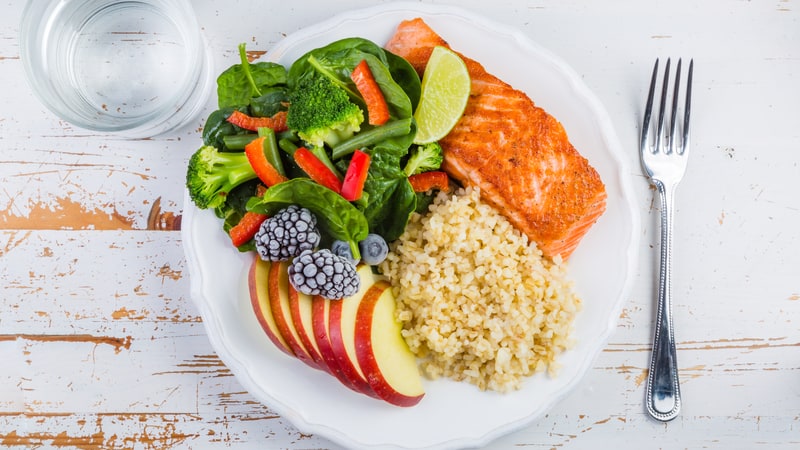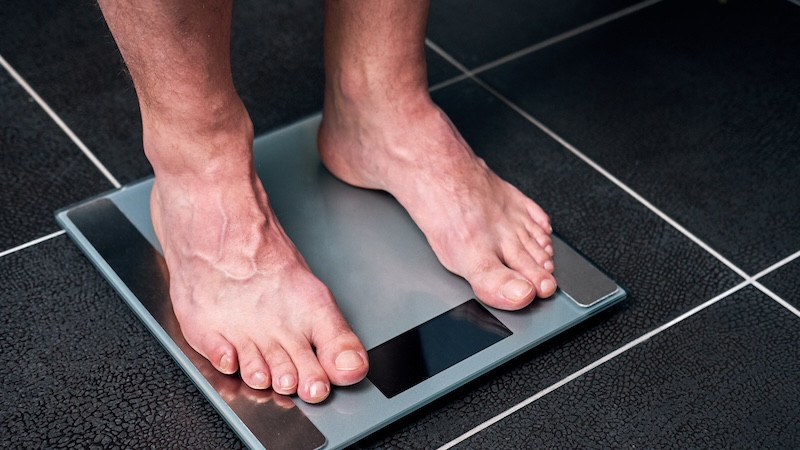Health: 5 Easy Ways to Control Portion Sizes
Smaller sizes, but just as much enjoyment

For most of us, portion control can be a little tricky and feel a little boring. And although it may not be much fun, in order to eat healthier and especially to lose weight, proper portion control sizes are key.
Multiple studies have shown how mindlessly piling up your plate can lead to consuming more calories, ignoring those “I’m full” signals from your brain and eventually piling on pounds. Frances Largeman-Roth, RD, author of “Eating in Color” and a nutrition expert who works with people trying to lose weight, concurs. Not minding your portions, she says, “is what does us in.”
But there’s good news. You don’t have to weigh and measure every bite — or even compare the size of your steak to a deck of cards every time you sit down to eat. The practical tips that follow can help you get a handle on your portions, manage your weight and even enjoy your meals more.
1. Understand serving sizes.
A serving size is what’s listed on a package; a portion size is what you decide to put on your plate. The new Nutrition Facts label has updated serving sizes for many foods. But you still need to pay attention, for example, to how much ice cream you’re scooping. A current serving size of ice cream is 2/3 cup but most people eat a cup or more at one time, says Largeman-Roth.
2. Measure once.
You don’t need to carry around a measuring cup and kitchen scale. But it does help to measure servings once or twice, so you can see the proper amount and remember it. Learn where 1 cup of cereal falls in your favorite bowl or what exactly 2 ounces of pasta looks like. More often than not, we are eating more than we thought, and that’s especially true for beverages, says Largeman-Roth.
3. Go for slow foods.
Some foods come with natural speed bumps: pistachios in their shells, fresh cherries with pits. Choosing foods like these forces you to slow down and eat less. Another plus: the pile of shells or pits on your plate will remind you of how much you’ve already had. Or, choose foods with their own portion limits: apples, bananas and oranges all come in single-serve “packages.”
4. Eat like a kid.
“Part of portion control is being aware of what you’re eating and knowing when to push away,” says Largeman-Roth. “Kids are so good at this—they know when they’re full.” Kids tend to listen to their bodies, but as adults we’re sometimes too rushed or have become too accustomed to eating what’s on our plate. It takes about 20 minutes for your brain to register that you’ve had enough, so slow down to give your brain time to catch up with your eyes and your stomach.
5. Enjoy what you eat.
It sounds counterintuitive, but eating less can actually help you enjoy your food more. And focusing on your food, rather than noshing away in front of the TV or computer screen, can also help you savor your meals more. In the end, it’s about eating mindfully, says Largeman-Roth. Her advice: Stop multitasking and slow down. “Notice the food in front of you. Savor it. Use all of your senses to enjoy it.”
And for even more wellness tips, visit our health page!
EatingWell is a magazine and website devoted to healthy eating as a way of life. Online at www.eatingwell.com.
©2021 Meredith Corporation. Distributed by Tribune Content Agency, LLC.


